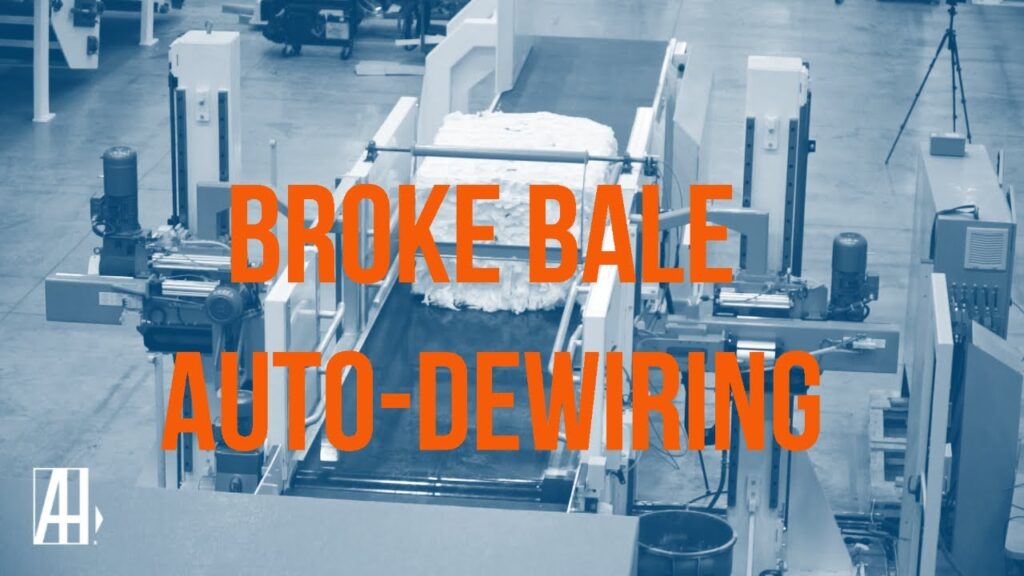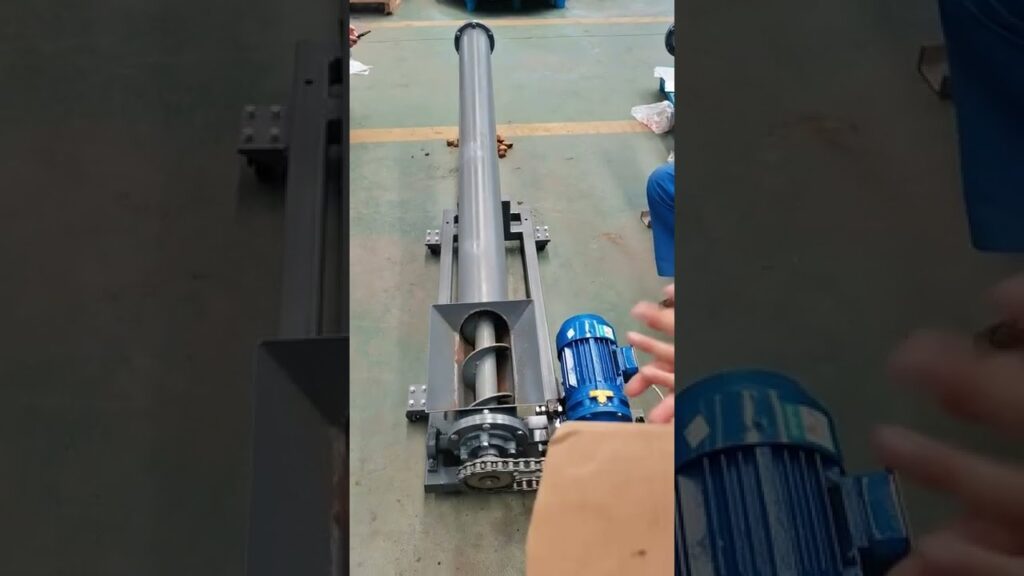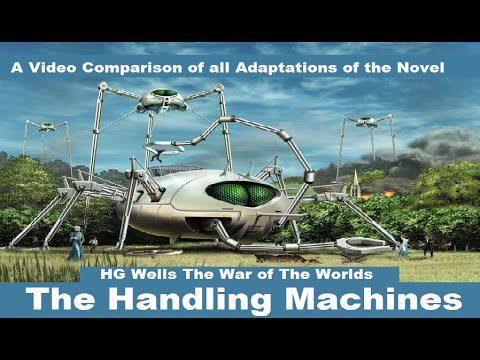The Future of Pulp Bale Handling: Automatic Dewiring Automation
Pulp, as the main raw material in the paper industry, plays a crucial role in our everyday lives. From books and newspapers to packaging materials and tissues, paper products surround us. However, the process of handling pulp bales has always presented challenges in terms of safety and efficiency. Thankfully, with the advancements in technology, the future of pulp bale handling is now safer than ever before, all thanks to automatic bale dewiring automation.
Automatic bale dewiring automation has revolutionized the way pulp bales are handled. As the name suggests, this innovative technology allows for the automatic removal of wires from the bales, eliminating the need for manual labor and reducing the risk of accidents. It is an incredible feat of engineering that has transformed the pulp industry.
The introduction of the Automatic Handling Machine has been a game-changer for the paper industry. This cutting-edge machine automates the entire process of bale dewiring, ensuring a safer and more efficient operation. With its advanced sensors and robotic arms, the Automatic Handling Machine can detect the position of the wires and swiftly remove them without any human intervention. This eliminates the risk of injury that employees used to face when manually cutting the wires.
The benefits of automatic bale dewiring automation are numerous. Firstly, it greatly enhances the safety of workers. In the past, removing wires from pulp bales was a hazardous task. Workers had to use sharp tools and exert physical force to cut through the wires, often leading to accidents and injuries. With the Automatic Handling Machine, accidents are significantly reduced, creating a safer working environment for everyone involved.
Furthermore, automatic bale dewiring automation improves efficiency and productivity. The machine can process a larger number of pulp bales in a shorter amount of time compared to manual labor. This not only saves time and resources but also increases the overall productivity of pulp mills. With the Automatic Handling Machine, the entire bale dewiring process becomes streamlined, allowing for a smooth and uninterrupted workflow.
Another advantage of this technology is cost-effectiveness. While the initial investment in an Automatic Handling Machine may be significant, the long-term benefits outweigh the costs. By reducing labor-intensive tasks and improving productivity, pulp mills can lower production costs and increase their profitability. Additionally, the savings achieved by preventing workplace accidents and injuries cannot be underestimated.
It is evident that automatic bale dewiring automation is transforming the way the paper industry operates. The benefits are clear, and the future looks promising. Pulp mills that have implemented this technology are already reaping the rewards, and it is only a matter of time before others follow suit.
However, it is essential to note that adopting automatic bale dewiring automation is not without its challenges. Upgrading existing machinery and infrastructure to accommodate the Automatic Handling Machine may require significant investments. Additionally, proper training and maintenance are crucial to ensure the seamless operation of the technology. Pulp mills need to consider these factors and develop a comprehensive plan before implementing automatic bale dewiring automation.
In conclusion, the future of pulp bale handling is now safer than ever before, all thanks to automatic bale dewiring automation. The introduction of the Automatic Handling Machine has revolutionized the way pulp bales are processed, improving safety, efficiency, and productivity in the paper industry. This technology has opened doors to new opportunities for pulp mills, paving the way for a more sustainable and profitable future. As we move forward, it is crucial for the industry to embrace and invest in automatic bale dewiring automation to stay ahead of the curve.
Handling Machine
“Bale Handling and Dewiring Made Easy with Efficient Automatic Machines”


